The cooling equipment in your Santa Fe, Texas, home is comprised of many complex components. One of these components is the thermostatic expansive valve or TXV. This valve is designed to moderate the amount of liquid refrigerant that’s injected into your air conditioner’s evaporator. When a thermostatic expansion valve breaks or malfunctions, a host of problems can occur. Following is everything you need to know about thermostatic expansion valves including what they do and why they stop working.
HOW A THERMOSTATIC EXPANSION VALVE WORKS
To control the amount of refrigerant being released into an air conditioner’s evaporator, a thermostatic expansion valve drops the pressure in the liquid line that’s connected to the evaporator. As a result, the refrigerant boils at a low temperature and gradually transitions from a liquid state to a vapor state. Once converted, vaporized refrigerant can flow freely through the evaporator coil while absorbing heat along the way. This is what creates the cooling effect that air conditioners provide.
COMMON SIGNS OF A MALFUNCTIONING THERMOSTATIC EXPANSION VALVE
When thermostatic expansion valves break or malfunction, air conditioners often begin to blow warm air. If you’ve had your air conditioner on for quite some time and your indoor temperature hasn’t changed, a problem with this component might be responsible. A damaged thermostatic expansion valve can also cause frost to form on the evaporator. Alternatively, it may cause the AC compressor to run all of the time. When you schedule an air conditioner inspection, your provider will first rule out other common issues. These efforts can include checking to see if you have a dirty or clogged air filter or if other aspects of your air conditioner have been poorly maintained. If the thermostatic expansion valve is believed to be the source of your trouble, system temperatures, and refrigerant pressures will be assessed. These will then be compared to the standard operating values that have been provided by the AC manufacturer.
Readings will also be taken of the:
- Subcooling
- Superheat
- Evaporator coil
- Condenser
Measurements of the pressure and temperature of each of these reactions and components will then be compared to the manufacturer’s reported conditions for optimal operation.
WHAT TECHNICIANS LOOK FOR WHEN TROUBLESHOOTING PROBLEMS
Problems with the thermostatic valve can be easily misdiagnosed, especially when factors such as pressure alone are considered. Thus, by taking a thorough approach, your provider can make sure that there aren’t potentially smaller issues that might warrant a less costly and less labor-intensive repair. With a careful diagnosis, it’s possible to both save money and ensure that the cooling system is repaired correctly on the first try.
When assessing different aspects of your cooling system, your provider will check for:
- Low pressure at the evaporator
- Low amp draw at the compressor
- High superheats at the compressor or evaporator
- Low pressure at the condenser
The thermostatic expansion valve is part of the air conditioner’s liquid line. If the liquid line is clogged, your cooling system may be exhibiting symptoms of a broken valve, but it might simply need to have its liquid line cleared.
WHAT CAUSES BLOCKAGES IN THE LIQUID LINE?
The liquid line has an inlet screen. If your cooling system isn’t well-maintained, this screen can capture and collect an excessive amount of debris. Removing and cleaning the inlet screen can instantly restore the flow of coolant in some cases. Blockages along this line can also occur if the valve has moved into a partially closed position. When this is the case, simply repositioning the valve will restore normal functioning and flow.
One of the most common reasons for failure at the thermostatic expansion valve is compressor burnout. When compressor burnouts occur, they often leave thick sludge behind. If this sludge isn’t properly removed, it will eventually find its way into the liquid line and keep refrigerant from moving through.
HOW TO PREVENT PROBLEMS AT THE THERMOSTATIC EXPANSION VALVE
Unlike your HVAC air filter, the inlet screen on your liquid line is not a component that you can remove, clean, or replace on your own. In fact, nearly everything associated with the TXV is a part of the cooling system that you cannot touch or tamper with without voiding your manufacturer warranty. However, during routine HVAC maintenance, all aspects of your cooling system will be thoroughly inspected, calibrated, and cleaned by your HVAC service provider. These visits can prevent liquid line clogs, problems with foreign materials, excess oil within the refrigerant line, and more.
At SouthCoast HVAC, we’ve been trusted providers of heating and cooling services throughout the greater Santa Fe, TX, area for more than 25 years. Residential and commercial property owners throughout the region can also turn to us for indoor air quality services and a vast range of top-rated HVAC products. If your cooling system is malfunctioning or in need of professional maintenance, we’re here to help. Call us today to set up an appointment.


